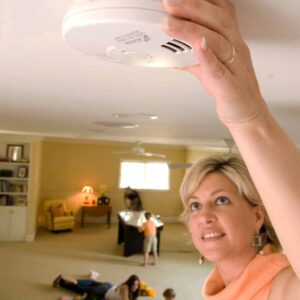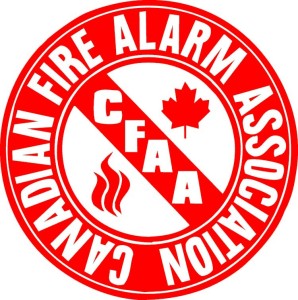Most houses have smoke detectors installed but many of them could be the incorrect type—and potentially deadly.
There are two major kinds, ionization and photoelectric. Ionization are the most common. In fact the National Fire Protection Association (NFPA) says 90% of all smoke detectors are ionization.
Ionization alarms use a small bit of radioactive material to trip the alarm when it detects large burning particles, have been shown to be less able to detect slow-burning or smoldering fires, such as those caused by cigarettes, frayed wires, and sparks from a still-smoldering fireplace.
Statistics show 30,000 people in the U.S. have died since 1990 because they relied on ionization detectors. That’s because an ionization alarm can sometimes take between 20 and even 50 minutes longer to activate than a photoelectric smoke alarm.
So why do ionization alarms get placed in homes?
Answer: They’re cheaper.
So what’s the best way to protect your family—besides not smoking and otherwise fireproofing your home and holding regular exit drills?
Invest in photoelectric alarms in bedrooms and hallways, and leave the ionization alarms in the kitchen, if at all.
In addition, make sure they are properly placed high on walls or ceilings, are hardwired (preferably by a licensed electrician), which means they don’t rely on battery power, and are interconnected so if one sounds they all sound.
To add photoelectric smoke detectors to your security system as a monitored zone, call 800-265-5317 or just CLICK HERE.



